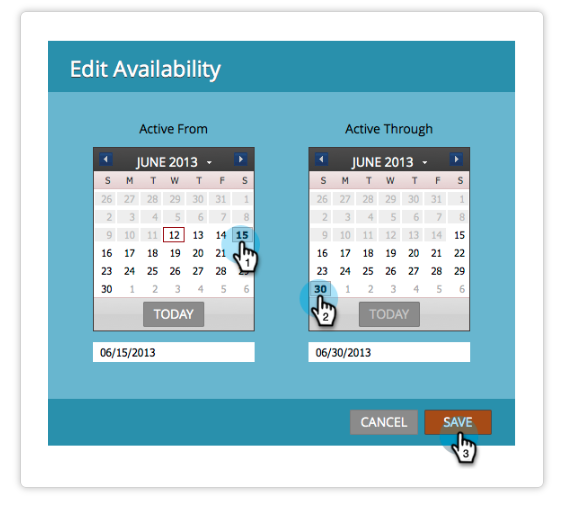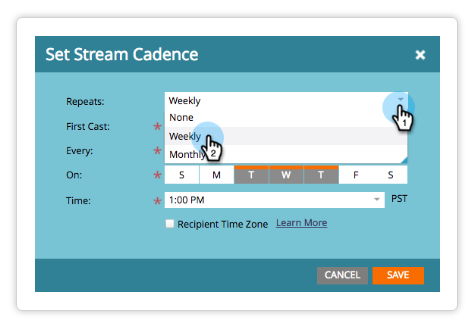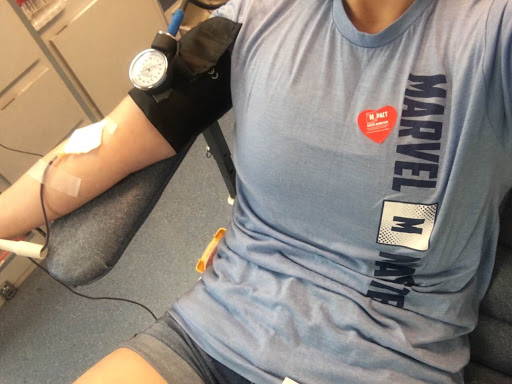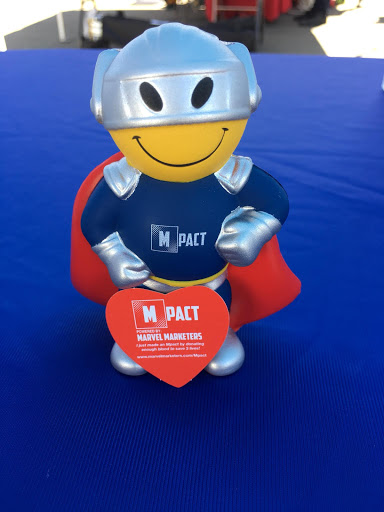Marketo Engagement Programs are designed to build and send your lead and customer nurtures with ease. But in order to set yourself up for nurturing success, you need to have a clear understanding of the benefits, limitations, and best practices of this tool.
Get the biggest bang for your buck by taking advantage of these benefits:
1. Prevent duplicate content
Marketo Engagement Programs can prevent leads from receiving the same content more than once, which is very useful when your engagement program is reusing content that leads can have access to through your website or other emails.
2. Add, move, or remove emails with ease
You can easily add, remove, and deactivate emails from one single location in the nurture stream, which makes it very easy to change and update the content that you’re sending out.
3. Take full control
With a few clicks of your mouse, you can easily control what emails are being sent out, in what order, and with what frequency.
4. Set it and forget it
The Engagement Program makes it incredibly easy to set up your nurture and let it run. Leads will automatically enter and receive their content in the predetermined cadence. You can even use “Set Availability” to schedule when a piece of content is active in the stream. For example, if you want to include a signup for a webinar in your stream, you can set your program so that the email with the offer will be automatically deactivated once the webinar is done.

5. Targeting made easy
You can create multiple “streams” in your nurture, which makes it easy to target messages more precisely–-and, thus, help improve your chances of conversion. For example, you can set up different industry streams so that healthcare professionals get one email, technology pros get another, media members get a specific email, etc.
6. Reporting
Marketo’s Engagement Programs have their own report in analytics where you can see the details of your entire program.

Some limitations that you need to be aware of:
1. The cadence is set
The cadence of your emails cannot change. Whether you choose to send an email once a week, every other week, or once a month, that will be your cadence for everything. There is no way to toggle the cadence so that a lead receives one email after three days, another after five days have passed, etc.
2. The days can be a little confusing
If you set up emails to go out on Tuesday and Thursdays once a week, everyone will receive emails on both Tuesdays and Thursdays. This can be useful if you want to send out multiple messages a week, but if you want a new lead to only receive one email in a week, it can’t be done.
And, finally, get even more out of Marketo Engagement Programs by following these best practices:
1. Use content programs to control when emails are sent out
Because these programs prevent leads from receiving the same piece of content more than once, you’ll get better insight into how your content is performing–-without worrying that duplicates are dragging down your open and click rates.
2. Test your cadence
The goal of every nurture is to keep yourself at the forefront of your lead’s minds without annoying them. If emails are sent too frequently your unsubscribe rate will take a hit. The best thing to do is to test out different email frequencies and monitor the unsubscribe rate, open rate, and click-to-open ratio.

Come up with some defined segmentations in your database that you would like to target–-like industry, job title, or the lead’s position in your marketing funnel. Then, identify content that best fits these segmented groups and create streams based on them. The more targeted and personalized your content is, the better the results.
3. Make it personal
Come up with some defined segmentations in your database that you would like to target–-like industry, job tile, or the lead’s position in your marketing funnel. Then, identify content that best fits these segmented groups and create streams based on them. The more targeted and personalized your content is, the better the results.
4. Map out your flow ahead of time
Do NOT jump into a nurture thinking you can build it on a whim. Take the time to plan. Who do you want to target? How frequently should your emails be sent out? What content is available for the target audience? Can readers access these content pieces through other channels (website, emails, social media?) Do you need to create new content that’s only accessible from a link in your emails?
Did you enjoy this post? Leave a comment for our superheroes below. Want to read more of our superhero-approved tips and best practices? Subscribe to our blog at the top of this page!




